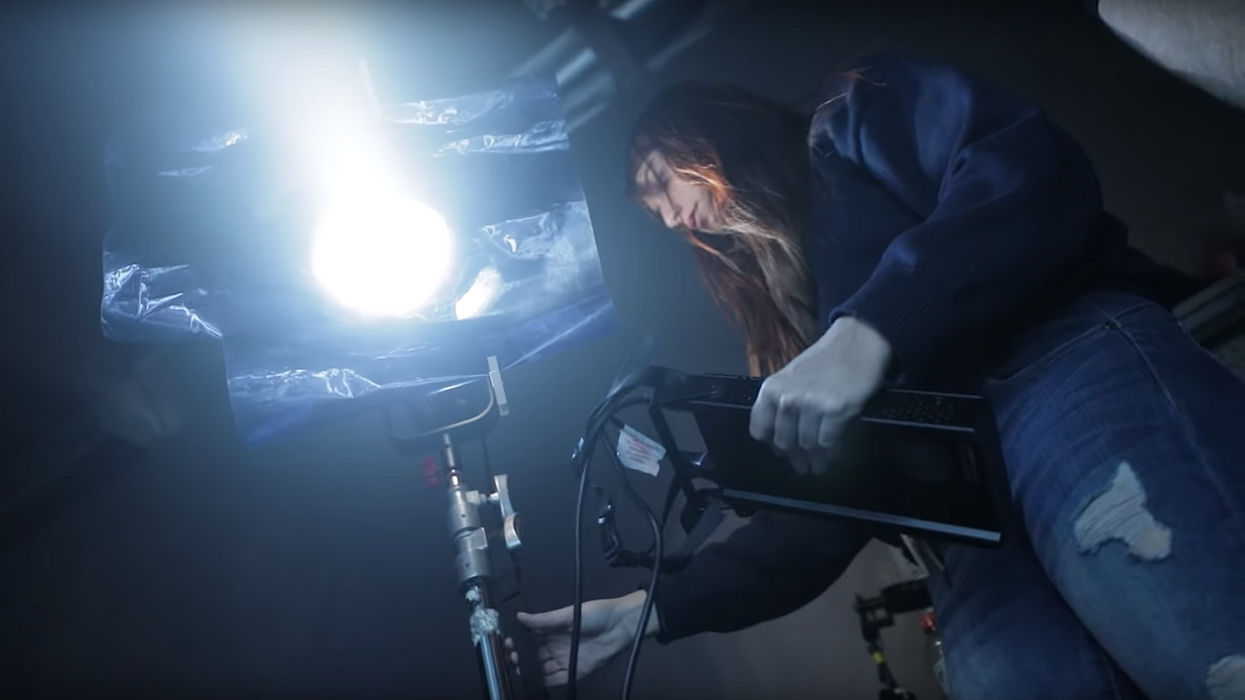4 Pro Tips for Working with Hard Light
Here are some things you should know about hard light before you use it in your next film.

When it comes to the quality of light, hard light is certainly on the moodier side of the spectrum. Horror films, dramas, neo-noirs, and a host of other genres use it to create harsh shadows, bring out the details and textures of a subject, as well as create a certain atmosphere of tension, mystery, and dread.
If you're new to lighting and want to use this kind of technique in your own work, Ted Sim from Aputure asks DP Megan Stacey about the different kinds of things you should think about when using hard light, including a few handy tricks you can use to make it work for your shots. Check out the video below to learn more (and see how the pros do it in the real world).
The Basics of Hard Light
Really quickly, let's go over what hard light is.
When we refer to the "quality" of light, we're not talking about how "good" or "bad" a particular light is, we're talking about the behavior of the light, as well as how it interacts with elements. The terms we use to describe this behavior or interaction is "hard light" and "soft light".
So, what factors affect light quality? Well, there are primarily two: the distance of the light from the subject and the size of the source. The further away the light is from the subject, the harder it becomes. The smaller the source, the harder it becomes.
Okay, now that we've covered the basics, let's quickly go over what Stacey says you should pay close attention to when using hard light.
The Direction of Your Light
Where are you going to point your hard light? I mean, the answer seems simple—at the subject, right—but you have to think about how hard light affects your subject, especially if you're lighting faces. Are you going to light from the side, the front, back? Stacey says you can't go wrong with using a hard source as a backlight, but if you do want to use hard light on your subject's face, know that the details are going to be more visible (including every hair and pimple) and shadows are going to be sharp, which may not be the look you're going for.
The Quality of Your Light
Again, we're not talking about how "good" or "bad" a light is. We're talking about the behavior of light. Keep in mind, though, that light quality isn't simply hard or soft light. As Stacey puts it, it's a continuum. This means you can dial back your hard light, make it a little bit softer if you're not a fan of how strong the shadows are, by moving your light a little closer or making your source a little bigger.
The Shape of Your Light
Hard light is one of the most noticeable hallmarks of the Film Noirs of the 1940s and 50s, and what did those filmmakers use to accentuate it? Venetian blinds! Hard light pairs incredibly well with light modifiers, like cookies, gobos, or any other type of light shaping tool, because it's sharp enough to basically cut it into whatever shape you want. So, think about the shape you'd like your hard light to take before you shoot.
Using Haze with Your Light
If I've said it once, I've said it a thousand times: haze is the swiss army knife of cinematography tools and should be available on your set at all times. And if you want to create some gorgeous light beams, using haze and hard light is the way to do it. You'll end up with well-defined shafts of light rather than the, as Stacey puts it, "milky contrast" you'd get with soft light.
What are some other aspects of hard light you think filmmakers should know about? Let us know down in the comments.
Source: Aputure














